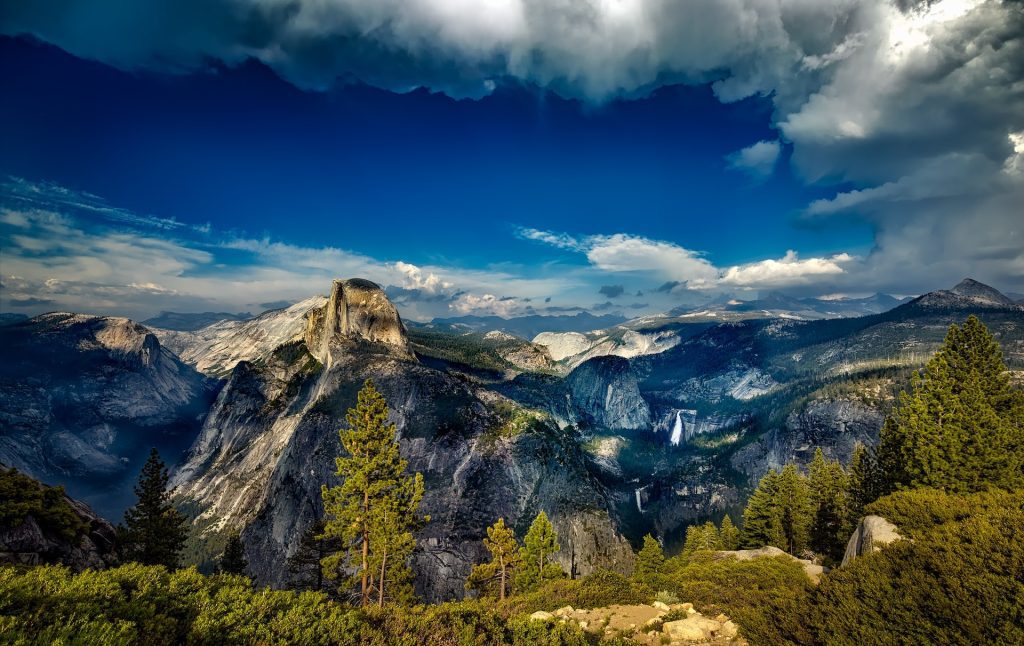Ahoy, fellow wanderlusters! ? If you’re anything like me, every new year brings an itch for new adventures. But ever since I took that enlightening trip to the Peruvian Amazon a few years back, I’ve been obsessed with eco-friendly travel destinations. Sure, hopping onto a plane to a tropical island sounds delightful, but what if we could do so without leaving giant carbon footprints? Let’s journey together into the world of eco-friendly travel, where adventure meets responsibility.
Table of Contents
The Need for Speed… Or Maybe Eco-Friendly Travel?
We live in a fast-paced world; always chasing after the next big thrill. But have you ever paused to think about the impact of our jet-setting lifestyles? Our love for travel, while enriching our souls, often leaves our beloved planet gasping. This isn’t to rain on your parade but to offer a fresh perspective — there’s a way to see the world responsibly. And trust me, it’s equally, if not more, fulfilling!
What’s in an ‘Eco-Friendly’ Destination Anyway?
Picture this: It’s 2017, and I’m in Venice. The city’s stunning, but the water’s rising, and the streets are flooded. The locals tell me it’s because of overtourism. Yikes!
Eco-Friendly Travel Destinations aren’t just about eco-lodges or recycling (though that’s a start). It’s about,
- Environmentally-friendly practices: Think renewable energy sources, conservation efforts, and waste reduction.
- Backing local communities: Promoting indigenous artisans, avoiding those mainstream souvenir shops, and munching on local delicacies at family-run eateries. (I still dream about that homemade moussaka I had in a tiny Greek village!)
- Preserving culture and heritage: Ever had an authentic Maori experience in New Zealand? It’s worlds apart from the commercialized versions.
The World’s Green Hotspots: Eco-Friendly Travel Destinations for 2024
I’ve been blessed to visit some of the planet’s most eco-friendly corners. From dancing with locals under starlit skies to discovering hidden eco-trails, every place has a green story waiting to be told. Here’s my personal roundup for you
Costa Rica – Nature’s Paradise
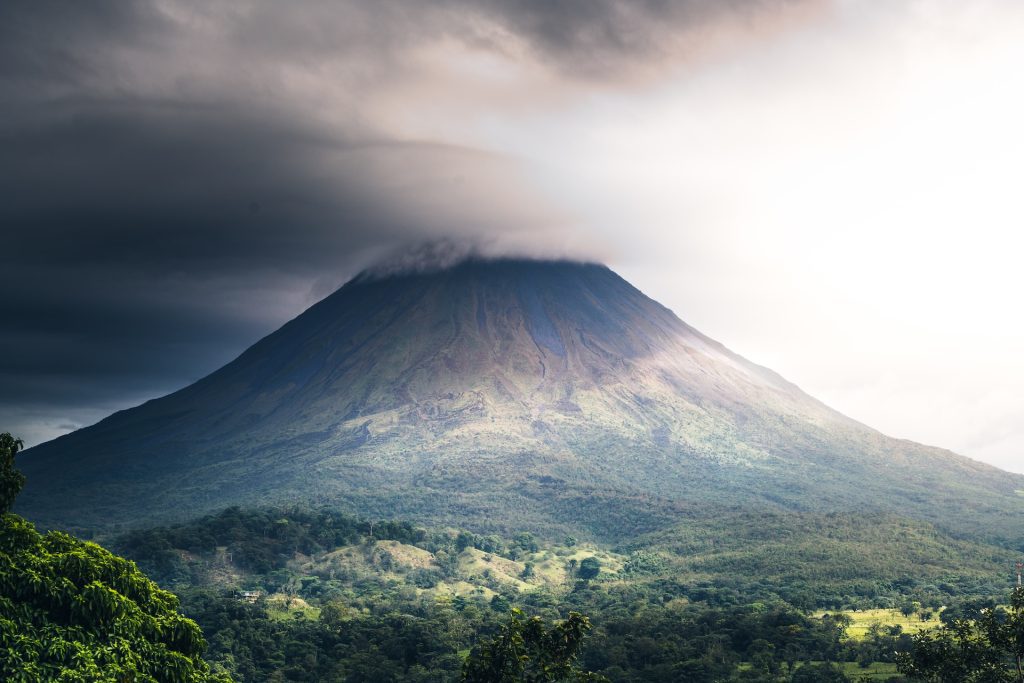
As soon as you step foot in Costa Rica, you’ll feel its eco-vibes. My visit to the Tortuguero National Park was mind-blowing: sea turtles nesting, and the entire community coming together to protect them. Talk about community-driven conservation! And just when I thought it couldn’t get any better, I ventured into the Monteverde Cloud Forest. Imagine ziplining through misty canopies, only to land in a community-led coffee plantation. Costa Rica doesn’t just talk the talk; it walks the walk.
Read more about hidden beaches in costa rica
New Zealand: Middle-Earth Goes Green
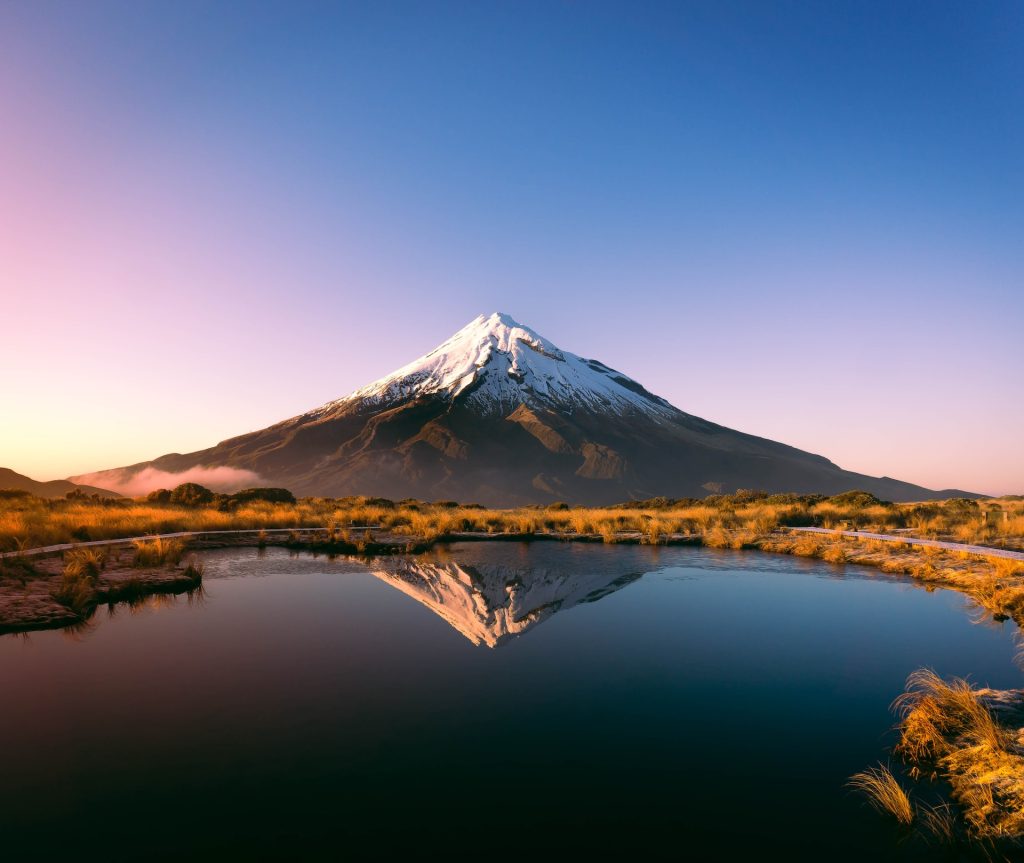
New Zealand isn’t just about the breathtaking landscapes; it’s also about its indigenous Maori culture. I took a trip with a Maori guide through the Whanganui National Park and learned how intertwined their traditions are with nature. A lesson for us all! But, what truly stole my heart was the conservation island of Tiritiri Matangi. Locals and volunteers have transformed it into a birdwatcher’s paradise, bringing species back from the brink of extinction. Every songbird you hear there? It’s a testament to New Zealand’s commitment to Mother Earth.
Portugal’s Azores Islands: Europe’s Hidden Eco-Gem

Geothermal pools, hiking trails surrounded by wildflowers, and a focus on clean energy? Sign me up! The Azores are Europe’s best-kept secret. Pro tip: Try the locally-made wine. There’s sustainability in every sip. Moreover, the locals have this incredible tradition of “whale-watching with responsibility.” Instead of chasing the majestic creatures, they’ve set up viewpoints on cliffs. You watch, the whales swim freely, and the marine ecosystem remains undisturbed. If that’s not harmonious coexistence, I don’t know what is!
Bhutan: Gross National Happiness > GDP

The only country that measures success by Gross National Happiness! Bhutan’s respect for nature is legendary. My trek to the Tiger’s Nest Monastery was spiritual and eco-friendly. They’ve got sustainable tourism down to an art. And speaking of art, the Bhutanese festivals, or “Tshechus”, are not just a feast for the eyes. They’re an initiative to keep traditions alive, reduce urban migration, and generate community revenue. So, while you’re gasping at the mesmerizing mask dances, remember: It’s sustainability in vibrant motion!
Namibia: Wild and Eco-Friendly
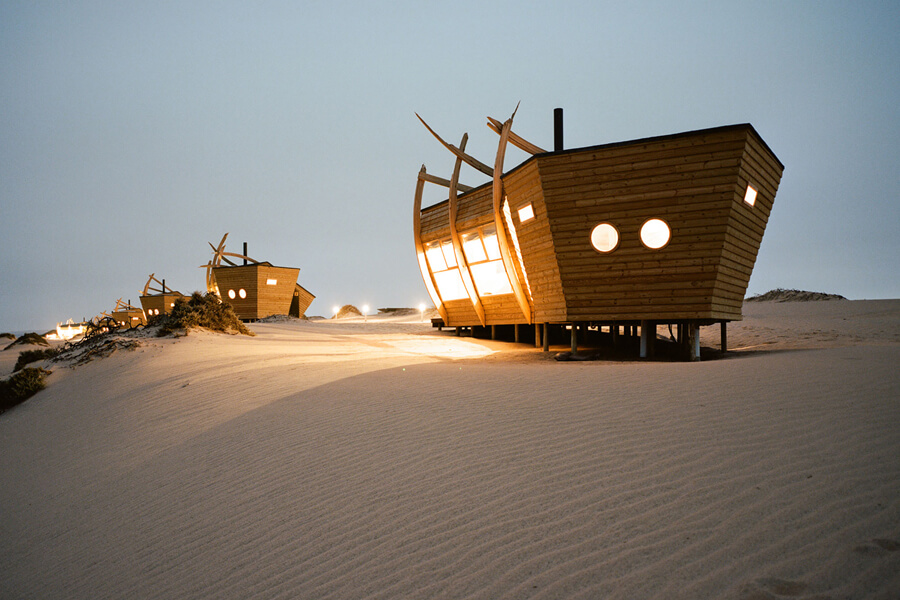
If you’ve never slept under the Namibian sky, you’re missing out! Namibia focuses on wildlife conservation and community-driven tourism. My heart still races when I think of the time a lion walked right by our eco-camp! And then, there’s the Himba tribe. These semi-nomadic people taught me the art of living in harmony with the land. By purchasing their handmade crafts and partaking in guided village tours, we directly contribute to their self-sustaining lifestyle. It’s a beautiful blend of old-world charm and new-world consciousness.
Galápagos Islands: Evolution’s Playground
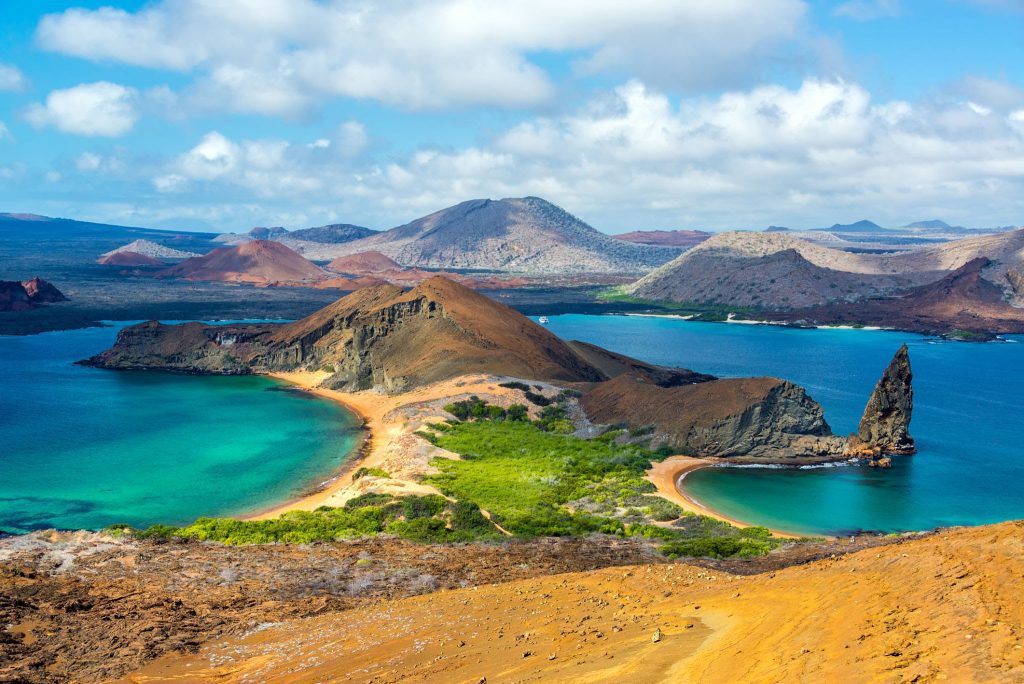
You’ve probably heard of the Galápagos Islands from your biology classes. It’s where Charles Darwin found inspiration for his theory of evolution. But there’s so much more. Local communities and authorities have united to prioritize eco-tourism. My snorkeling adventure alongside the sea lions and gigantic turtles? All guided by locals who have the ecosystem’s best interests at heart. The islands’ strict visitor regulations ensure that the fauna and flora remain untouched for generations to come. And let’s not forget about that magical evening watching the blue-footed booby dance!
Slovenia: Europe’s Green Capital
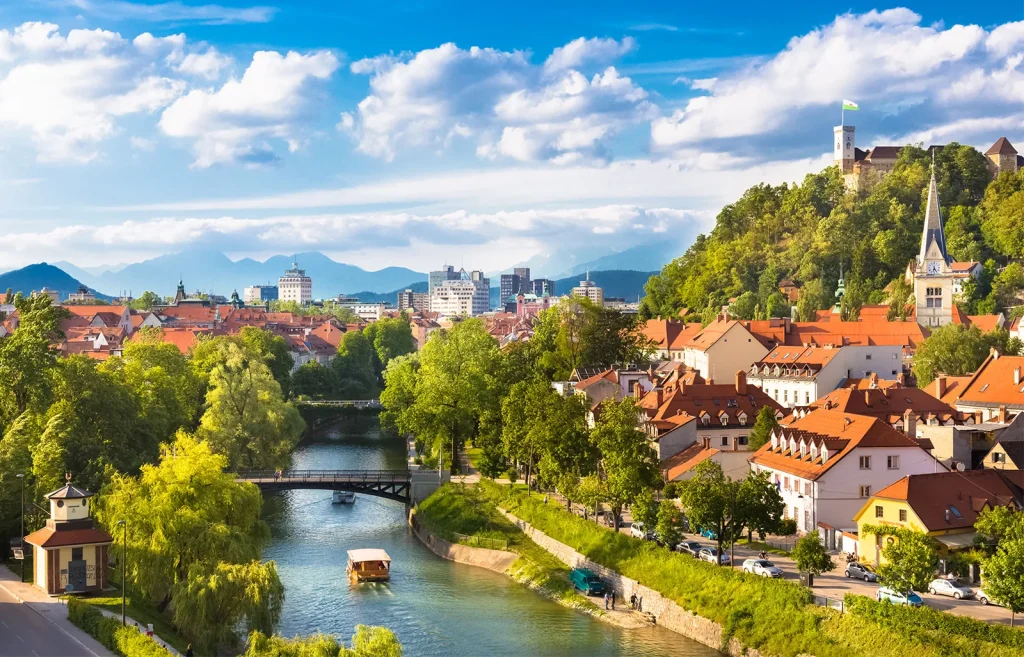
Nestled between Italy and Croatia, Slovenia might be small, but its commitment to sustainability is mighty. I was enchanted by Lake Bled, where traditional wooden boats called “pletnas” replace noisy motorboats. But the real gem? The Škocjan Caves – a UNESCO heritage site that showcases nature’s artistry in full splendor. The locals’ dedication to keeping their nation green is palpable, from organic farming to eco-friendly hotels.
Maldives: An Eco-Luxury Archipelago
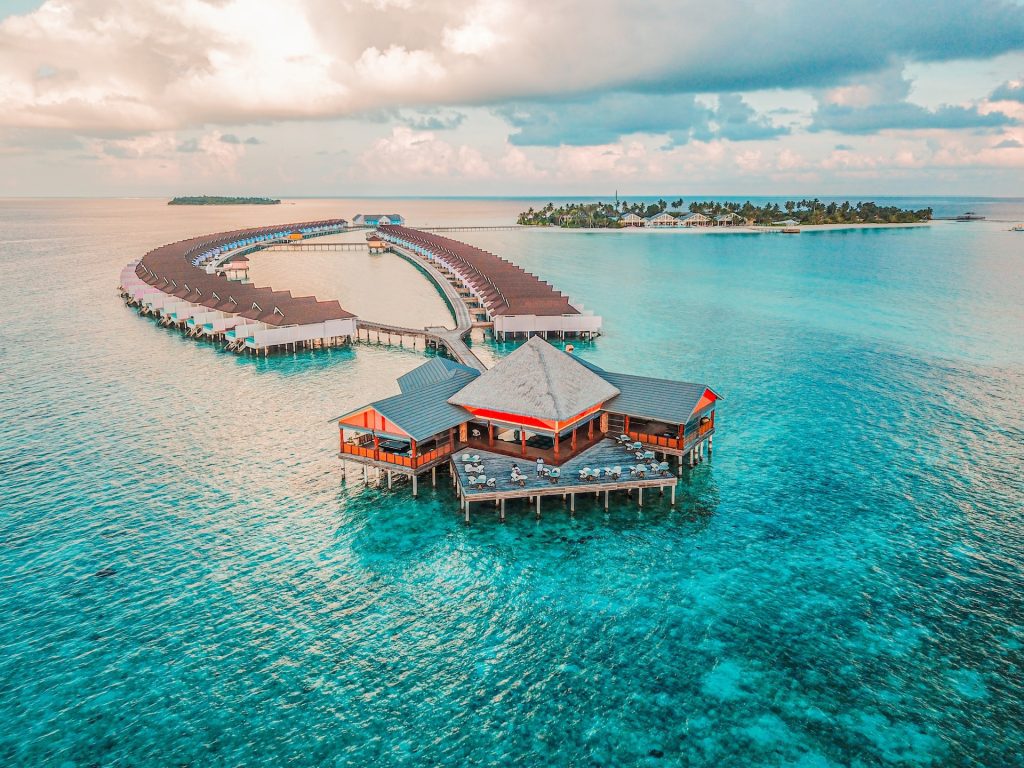
Yes, you read that right. While the Maldives might be synonymous with luxury, they’re doubling down on sustainability. Overwater bungalows powered by solar panels and coral reef restoration projects are just the tip of the melting iceberg. I’ve had the privilege to dine in their underwater restaurant – a mesmerizing experience that also serves as a reminder of the rising sea levels threatening this paradise.
Canada’s Vancouver Island: The Wild West Coast
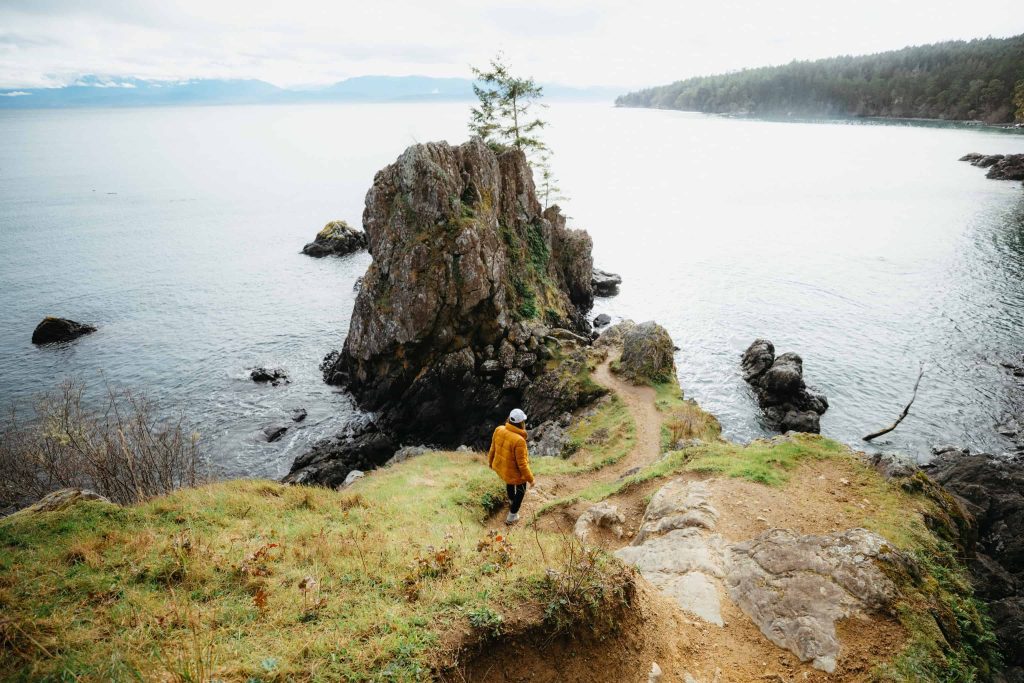
Rugged coastlines, dense forests, and a community that loves the planet. The first time I surfed with a pod of orcas in the distance is etched in my memory. The island’s indigenous communities lead eco-tours that offer more than just pretty sights; they offer a millennia-old connection to the land. From salmon festivals to rainforest hikes, it’s a true North American eco-adventure.
Chile’s Patagonia: Earth’s Untouched Edge
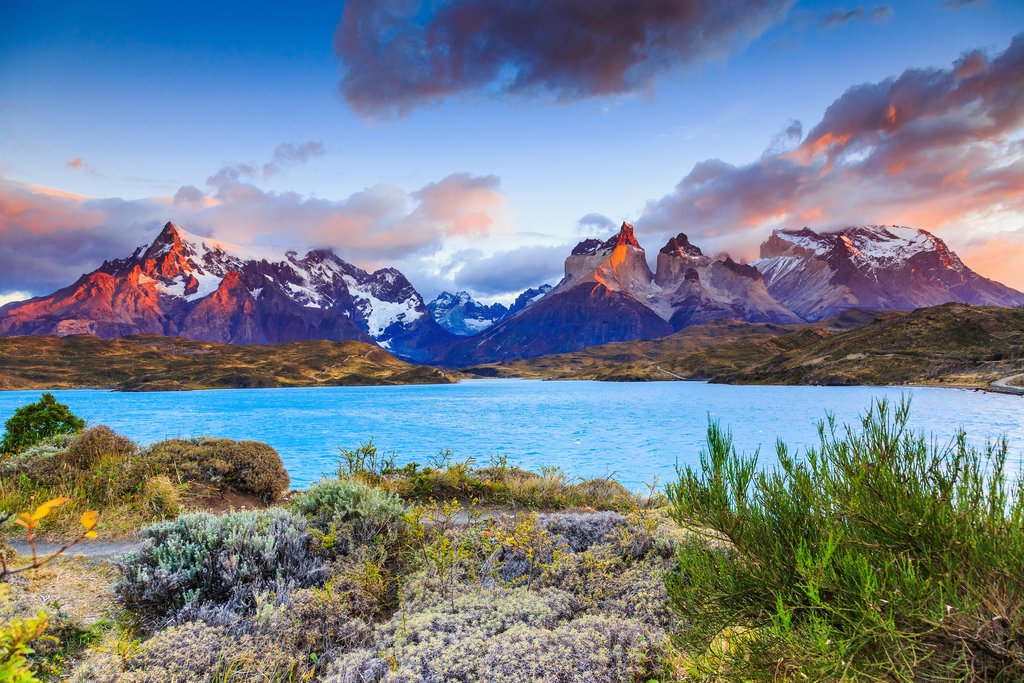
This southern tip of South America is wild, windy, and wonderfully preserved. The Torres del Paine National Park introduced me to glaciers, azure lakes, and the art of Leave No Trace. With initiatives to remove non-native species and reintroduce pumas, Patagonia showcases that it’s never too late to reverse ecological damage.
Nepal: Himalayan Harmony
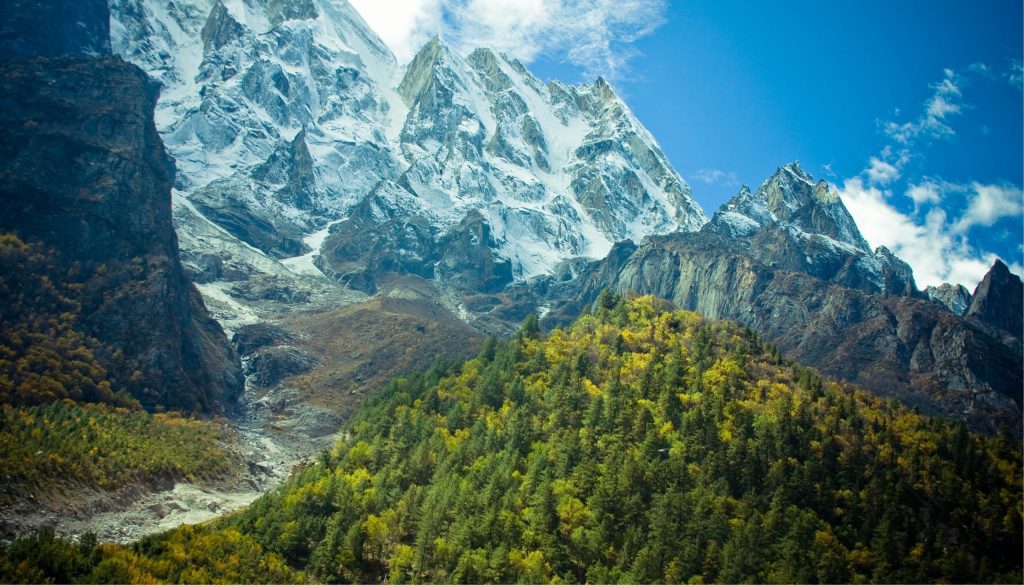
Beyond the trekking trails leading to Everest, Nepal’s villages embrace sustainability like nowhere else. My trek in the Annapurna circuit was dotted with tea houses that use sustainable methods to cater to trekkers. Local artisans, with their handmade crafts, further tell tales of a culture that respects the balance between man, animal, and nature.
Iceland: Geysers and Green Energy
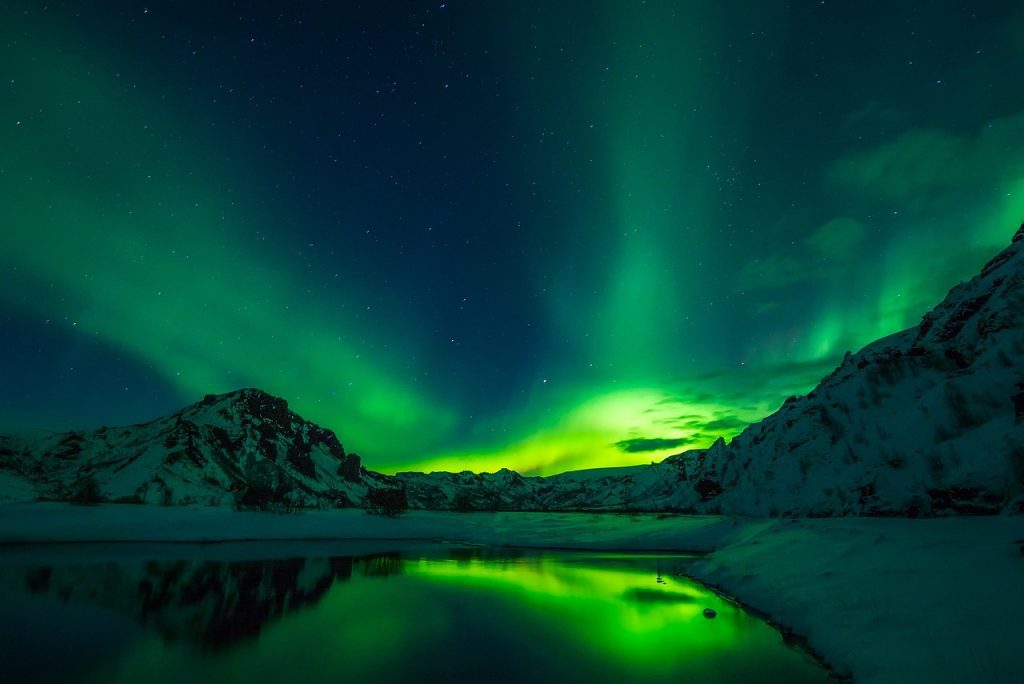
This land of fire and ice isn’t just about geysers and Northern Lights. Reykjavik, the capital, aims to be carbon neutral by 2040. And those geothermal pools, like the Blue Lagoon? They’re powered by the Earth’s heat. Iceland is an educator, teaching its visitors about harnessing renewable energy without compromising on natural beauty.
Kenya: Where Conservation Meets Safari
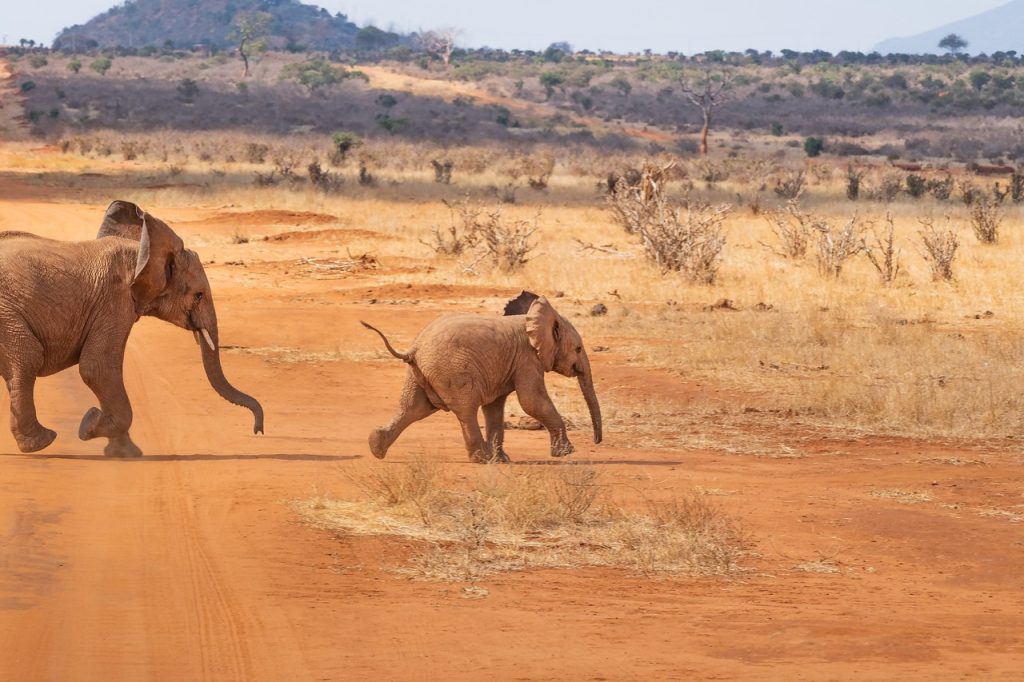
Nothing beats the thrill of a Kenyan safari. The Maasai Mara not only offers breathtaking wildlife encounters but also a chance to support community-based conservancies. My stay at an eco-lodge, where lions roamed freely and community members guided us, reinforced the beauty of sustainable tourism.
Sweden’s Gotland: An Island of Sustainability
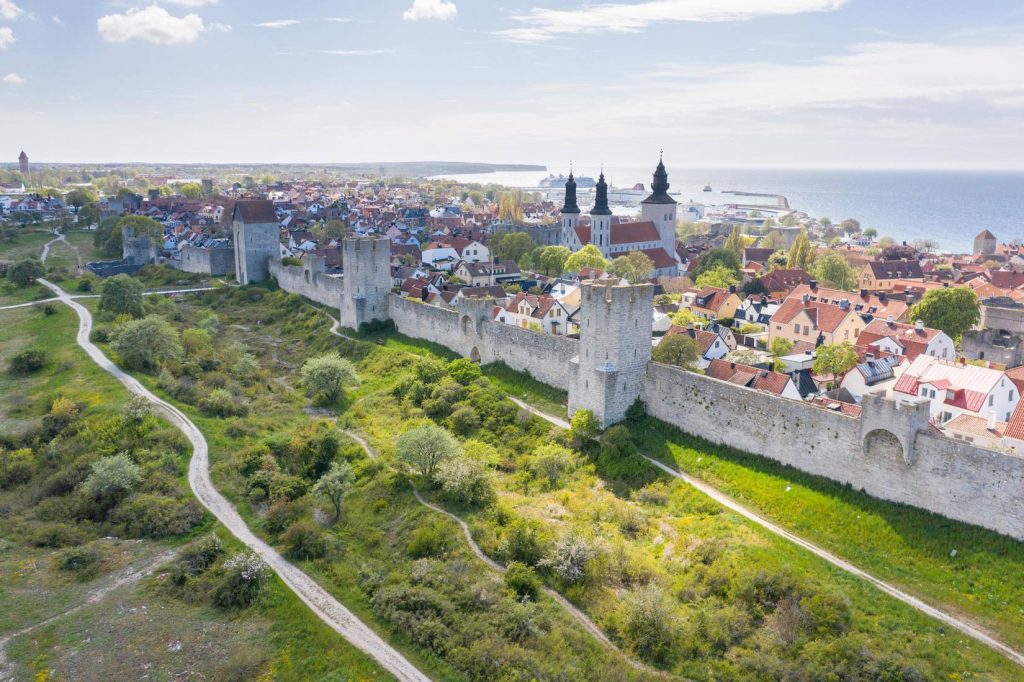
Located in the Baltic Sea, Gotland is a blend of medieval history and modern eco-practices. The island’s limestone formations, called “rauks”, are nature’s sculptures you don’t want to miss. But it’s the locals’ passion for organic farming and renewable energy that truly makes Gotland a benchmark in green tourism. The medieval week, with its horse-driven carts and traditional crafts, took me on a journey back in time, while the wind turbines in the distance hinted at a sustainable future.
Traveling the Eco-Way: How to be a Green Wanderer
Taking a trip is one thing; doing it sustainably is another. Here are some of my tried and tested tips:
- Eco-friendly digs: Always look for accommodations that have legit eco-certifications. Once stayed in a treehouse in Bali made entirely of bamboo — an unforgettable experience!
- Support local: On a trip to Morocco, I skipped the touristy bazaars and bought a rug straight from a Berber family. Best purchase ever!
- Reduce waste: Remember, “Leave no trace.” It’s not just a saying; it’s a way of travel. Always pack a reusable water bottle, a tote bag, and cutlery. I learned this the hard way when I was surrounded by plastic waste on a once-pristine beach in Thailand.
- Slow travel: It’s not about ticking off destinations; it’s about immersing yourself. On a recent trip to Japan, instead of hopping from one city to another, I spent a whole week in Kyoto, cycling around, and living the local life.
Essential Tips for the Eco-Friendly Traveler
Travel Light: Less luggage means less fuel consumption. Take only what you need. Remember, every little bit helps.
- Support Local: From dining to shopping, spend your money where it supports the local economy. This not only enriches your experience but bolsters communities.
- Leave No Trace: That breathtaking beach or serene mountaintop? Leave it as you found it. Pack out everything you pack in.
- Eco-Friendly Accommodations: Opt for eco-lodges, green hotels, or even homestays. They often employ sustainable practices and directly benefit the local community.
The Power of Community-Based Tourism
In many of my travels, the most touching experiences have been when local communities took the reins. There’s something deeply authentic about a village elder sharing tales or a local guide showing off hidden gems. This isn’t just tourism—it’s a mutual exchange of respect and understanding.
By supporting community-based tourism, we not only get a richer experience but also help ensure that the financial benefits are directly channeled to the people. It’s a win-win!
Embracing Slow Travel
Modern life is fast-paced, but some of the best travel experiences come from slowing down. Whether it’s spending a week with a tribe, volunteering in a village, or simply relaxing in an eco-lodge reading books – slow travel allows for a deeper connection with your surroundings.
When we decelerate, we notice the nuances, the little traditions, and the rhythms of local life. It’s sustainable, not just for the environment, but for the soul.
As we look forward to 2024, it’s not just about the destinations we choose, but the footprints we leave behind. Travel broadens our horizons and enriches our souls. But let’s ensure that our adventures are kind to our planet and its inhabitants.
So, dear reader, as you pack your bags for your next voyage, take a moment to reflect. Let’s travel with purpose, with respect, and with a heart full of gratitude. Our planet deserves nothing less.
As a seasoned traveler and an eco-advocate, I truly believe the future of travel is green. We’re seeing a rise in digital nomads choosing eco-friendly travel destinations, people embracing slow travel, and an overall awareness of sustainable practices. But the journey is long, and every little bit helps.
Conclusion
Travel is one of life’s greatest joys. But if we want our kids, and their kids, to experience the magic of discovering new eco-friendly travel destinations, we need to do it right. Sustainable travel is the future, and it’s a journey I’m thrilled to be on. Here’s hoping to bump into some of you in a bamboo hut in Bali or an eco-lodge in the Amazon!
Resources for the Eco-Friendly Traveler
For those itching to dive deeper into sustainable travel:
1. Books: “Sustainable Travel: The Essential Guide to Positive Impact Adventures” by Holly Tuppen.
2. Documentaries: “Before the Flood” produced and narrated by Leonardo DiCaprio.
3. Websites: The Green Travel Guide, EcoTraveler.
Happy green travels, fellow wanderers! ??
All About Sustainable Travel
What is a sustainable travel destination?
A sustainable travel destination actively focuses on preserving its natural, cultural, and economic environment, ensuring that tourism doesn’t negatively impact local communities or ecosystems.
What is the most sustainable tourism destination?
There isn’t a single answer, as several destinations have embraced sustainable practices. However, places like Costa Rica, New Zealand, and Bhutan have been consistently lauded for their commitment to sustainable tourism.
What is the most sustainable form of travel?
Walking or biking is the most sustainable. However, for long distances, trains are generally considered the greenest mode of transportation, producing fewer emissions per capita compared to planes or cars.
What are the three types of sustainable travel?
The three primary types are: Ecotourism (focused on natural environments), Cultural tourism (focused on local cultures and traditions), and Responsible tourism (prioritizing ethical treatment of local communities and environments).
What are the 7 forms of sustainable tourism?
The seven forms include: Ecotourism, Cultural Tourism, Geotourism, Adventure Tourism, Nature Tourism, Rural Tourism, and Agro Tourism.
What are the 4 principles of sustainable tourism?
The four core principles are: Minimizing environmental impact, respecting local cultures, providing direct financial benefits to local people, and promoting conservation.
What are the 5 P’s of sustainable tourism?
The 5 P’s stand for: People, Planet, Prosperity, Peace, and Partnership, focusing on holistic sustainable growth in the tourism sector.
What is a real life example of sustainable tourism?
Costa Rica’s commitment to preserving its biodiversity through national parks, community-driven conservation projects, and eco-lodges is a prime example of sustainable tourism in action.
What are the 10 R’s of sustainable tourism?
The 10 R’s are: Reduce, Reuse, Recycle, Rethink, Refuse, Repair, Respect, Responsibility, Refill, and Reject. Each emphasizes a specific action or mindset travelers should adopt.
What are the 12 principles of sustainable tourism?
These principles cover environmental, economic, and socio-cultural aspects, ensuring a balance between resources used and benefits generated. They include aspects like local community involvement, minimizing negative impacts, and fostering respect between travelers and hosts.
